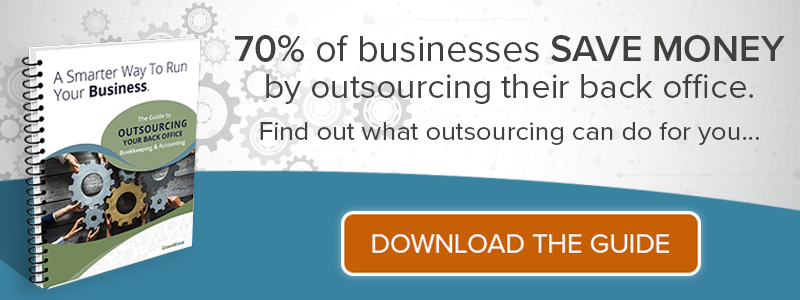.jpeg?width=681&height=454&name=AdobeStock_606991327%20(1).jpeg)
Between running your business nearly 60 hours per week as a CEO and ensuring your family is happy and healthy, it can be difficult to remember to regularly stop to check on the health of your business. When you think everything is okay because your business is operating in the black and your bills are being paid, it can be easy to forget to check your business’s “temperature” and make sure you stave off any financial ailments that may be festering.
Many CEOs will simply check their income statement at the end of the month to assess their company’s bottom line: net income. However, it is important to look beyond this base measurement to ensure you are getting the full picture of your company’s well-being. By understanding additional financial metrics and key performance indicators (KPIs) with management reporting, you'll be able to make better-informed decisions for your business.
So how do you determine or measure the health of your business? Start by monitoring these 5 important financial metrics:
1. GROSS PROFIT MARGIN
A healthy business has a relatively high profit ratio, which can be determined by measuring your sales and investments and by looking at your gross profit margin. Gross profit margin, also known as gross margin, is calculated by dividing gross profit by revenues. As a small business, improving your gross margin should be one of your key goals - increasing sales revenues while decreasing the costs to deliver them. Gross profits are the key to unlocking profitability in business.
2. CASH BALANCE
While knowing that your revenue is growing can be exciting, it’s important to not forget the significance of maintaining a healthy cash flow. The cash balance is the cash received minus the cash paid out during the time period. This is where things can get tricky with cash flow management. Cash flow measures the ability of the company to pay its bills.
A low cash balance can serve as a red flag that your business, ultimately, may not be as sustainable as you thought. It is crucial for businesses to keep a healthy cash balance in the bank to address any unexpected expenses or situations.
According to a U.S. Bank study, 82 percent of business failures are due to poor cash management. Small Business owners and CEOs need to make decisions that sometimes can cause negative long term results with their business’ cash flow.
Click HERE to learn why cash flow problems force business owners and CEOs to make bad decisions.
3. DAYS SALES OUTSTANDING
Days Sales Outstanding (DSO) is an important bookkeeping metric to monitor. DSO measures the average age of accounts receivable — if your average is trending higher, then your business is more likely to struggle with cash flow. Knowing your DSO can also help determine whether or not to outsource collections or to simply improve your current processes and policies.
3 Tips to Reduce your Days Sales Outstanding
4. Debt Ratios
The debt ratio for your business is your total debt divided by your total assets. This shows how "leveraged" your company is. While generally it's a good idea to keep your debt ratio low, you may be able to use debt wisely to help grow your business.
There two important types of debt ratios to consider relating to assets and equity, or what is referred to as solvency ratios. These ratios help you to determine the financial risk of your business and its liabilities and help you to understand the creditworthiness of your business and its long-term sustainability. You'll want to check your ratios against benchmarks for your industry to understand your financial risk.
5. CUSTOMER RETENTION
Arguably your most important metric is the customer retention rate since if you don't retain customers, your business is not long for this world. Customer Retention Rates should be monitored on an ongoing basis.
CRR is calculated by subtracting the number of new customers acquired during a period, from the total number of customers at the end of the period, divided by the number of customers at the start of the period, then multiplied by 100.
The higher the rate, the better you are at keeping your clients happy and wanting to continue working with your company. Setting goals and monitoring results for customer retention helps create strategies and practices to continually improve your service offering while increasing profits
When trying to gain a better understanding of your business’s finances, financial management software can help make this task significantly easier. Our trained and experienced accounting professionals can help you take the guesswork out of your financial metrics. Through our outsourced accounting and management reporting services, our service team will maintain your books, help you stay informed about the health of your business, and assist you in identifying and solving any challenges that may arise.

.png?width=563&height=144&name=New%20GF%20Logo%20(37).png)

